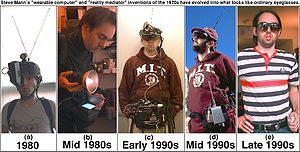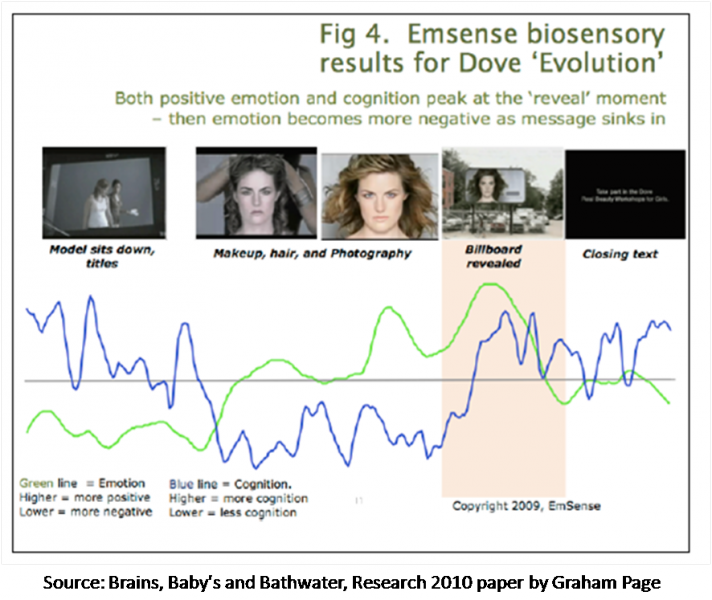Capturing The Unconscious
Last week, I attended Research 2010, the research conference organized by the UK's Research Organization. One session was on innovative research methodologies, and although it's not completely new to the industry, I was surprised to see two of the presentations covering research methodologies that capture people's unconscious behavior through technology.
The first was a presentation about lifelogging, or “glogging” for those in the know. Simply put, lifelogging documents somebody's life through technology worn by the “respondent.”
Bob Cook from Firefish presented how this technology helps researchers better understand the tradeoffs that people constantly make. Lifelogging has a long history, and it was started by Steve Mann. In the early 1980s, he walked around with recording gear that looked more like a suit of armor.

However, with technology becoming smaller and faster, this methodology can now be used for commercial purposes as well. Participants wear a camera with a fish-eye lens that takes a picture every 5 seconds, adding up to thousands of images a day. Bob shared with the audience that this technology overcomes response bias caused by bad memory (in fact, the technology is used with first-stage Alzheimer’s patients), selective memory, or people that are too keen to please. Lifelogging sees the world as it happens and minimizes the observer effect.
My take:Although I don't see broad uptake of lifelogging, it can be an interesting alternative for “a day in the life” studies or ethnography studies among youth, for example. However, just like many other innovative research methodologies, the challenge lies in analyzing the data. You need an experienced eye to quickly find interesting insights when scanning thousands of images.
Another presentation that covered consumers' unconscious behavior was by Graham Page, responsible for Consumer Neuroscience at Millward Brown. He discussed how techniques like neuroscience can help companies better understand why people make certain decisions (and why they neglect alternatives). One of the methodologies he discussed was brainwave measurement. Millward Brown has used it, for example, with advertising testing to better understand the emotions behind likes and dislikes of a certain ad, how emotions change when watching the spot, and what can make the ad more effective. Below is an example of the results from the Dove evolution ad. The positive emotions that people felt when the girl was “made up” were not reported by the respondents verbally. And the positive peak for both emotions and cognition when it becomes clear it's about making an ad shows the power of this video.

Although brainwave measurement has interesting possibilities for measuring people's emotions, Page was the first to admit that: "it's very easy to get carried away with exaggerated claims. The results don’t stand on their own; you have to combine this with something else.” Integration was an important element in his speech: Innovative methods can really add something to the research mix, but be sure to ask yourself the following questions before implementing any kind of innovation:
- Does the method tell us something meaningful about brands or marketing?
- Does the method tell us something we don’t already know (and enough to justify the costs)?
- Is the method practical and scalable?
- Does adding the method increase our ability to predict behavior?
My take: This is a very interesting and promising method for better understanding the emotions behind people's reactions, especially when the topic is sensitive or abstract. However, it does have some practical implications, and it should never be used as a standalone methodology. The power lies in its integration with existing and validated methods, like qualitative interviews or advertising measurement.
I'm interested in hearing your opinions on these methodologies. Have you tried any of these? Would you do so in the near future?